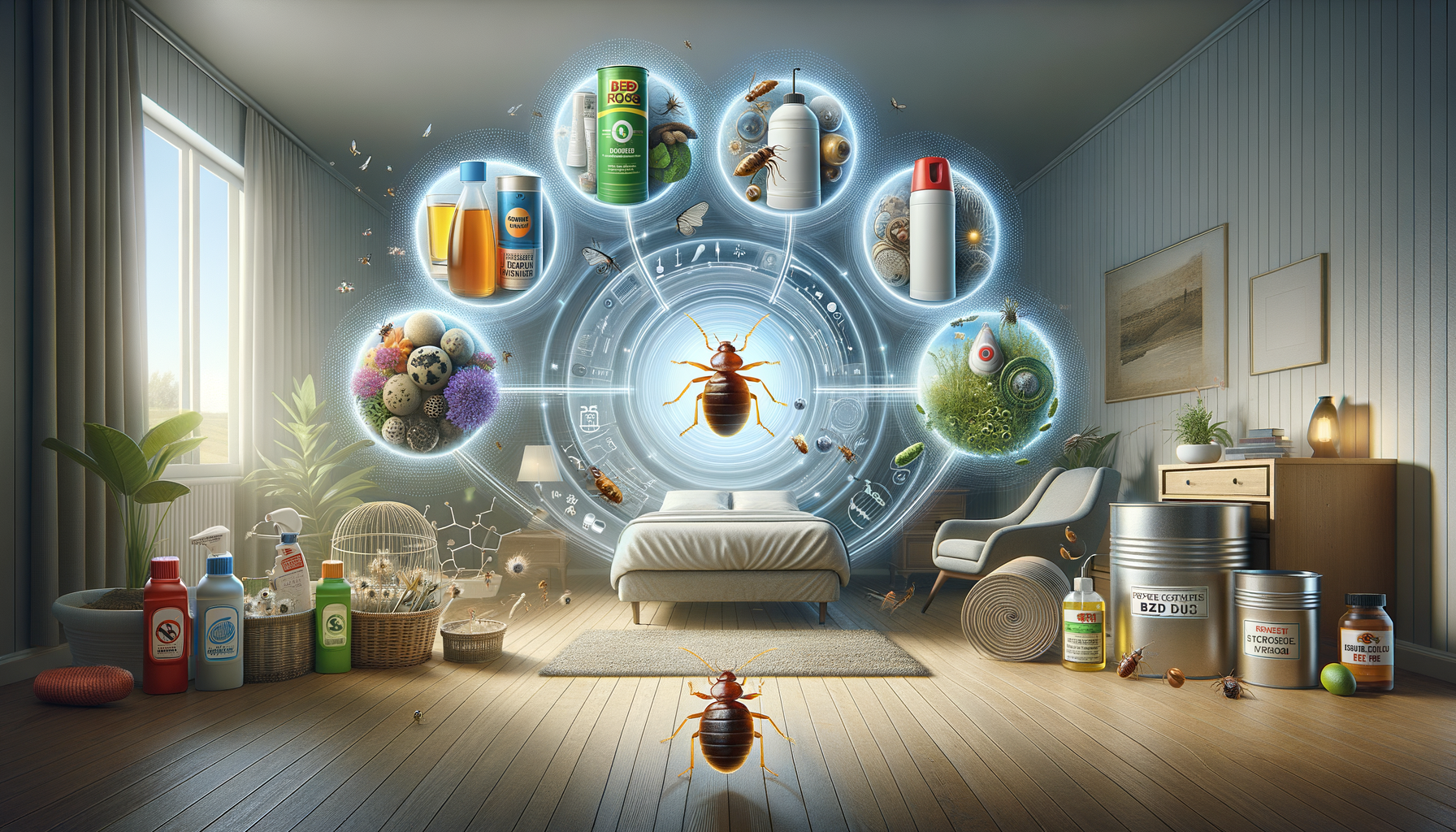5 Effective Strategies for Bed Bug Control
Discover effective strategies to control bed bugs and reclaim your home.

Introduction to Bed Bug Control
Bed bugs are notorious for their resilience and ability to spread quickly, making them a common nuisance in households. These tiny pests can cause significant discomfort, leading to sleepless nights and itchy welts on the skin. Understanding effective strategies for bed bug control is crucial for maintaining a healthy and comfortable living environment. This article outlines five strategies that can help you tackle a bed bug infestation effectively.
Identification and Inspection
Before implementing any control measures, it is essential to confirm the presence of bed bugs. Identifying these pests accurately involves understanding their appearance and behavior. Bed bugs are small, reddish-brown insects that are usually found in the seams of mattresses, bed frames, and other furniture. Conducting a thorough inspection of your living space can help pinpoint the infested areas.
During the inspection, look for signs such as shed skins, fecal spots, and a distinctive musty odor. Bed bugs tend to hide in cracks and crevices, making it important to inspect these areas carefully. Using a flashlight and magnifying glass can aid in identifying them more easily. Once confirmed, you can proceed with appropriate control measures.
Non-Chemical Control Methods
Non-chemical control methods play a crucial role in managing bed bug infestations. These methods focus on physical removal and prevention, reducing the reliance on chemical treatments. One effective approach is vacuuming, which can help remove bed bugs and their eggs from various surfaces. Ensure that you dispose of the vacuum bag immediately to prevent re-infestation.
Another non-chemical method is using heat treatment. Bed bugs are sensitive to high temperatures, and exposing them to heat can effectively eliminate them. Washing infested bedding and clothing in hot water and drying them on high heat can help eradicate these pests. Additionally, steam cleaning furniture and carpets can further assist in controlling the infestation.
Chemical Control Options
When non-chemical methods are insufficient, chemical control options can be considered. Insecticides specifically designed for bed bugs can be effective when used correctly. It is crucial to follow the manufacturer’s instructions and safety guidelines to ensure proper application and minimize risks.
There are various types of insecticides available, including sprays, dusts, and aerosols. Each type has its own application method and effectiveness. Sprays can be used on surfaces and cracks, while dusts are ideal for treating voids and crevices. Aerosols can be useful for treating larger areas. Combining these methods can enhance the overall effectiveness of the treatment.
Prevention and Monitoring
Preventing a bed bug infestation is just as important as treating an existing one. Implementing preventive measures can help reduce the risk of future infestations. Regularly inspecting your living space for signs of bed bugs and maintaining cleanliness can go a long way in prevention.
Additionally, using bed bug-proof mattress encasements can protect your bedding from infestations. These encasements create a barrier that prevents bed bugs from entering or escaping the mattress. Monitoring devices, such as bed bug interceptors, can also be used to detect their presence early, allowing for prompt action.
Conclusion: Reclaiming Your Home
Controlling bed bugs requires a combination of identification, non-chemical and chemical methods, and preventive measures. By staying vigilant and taking proactive steps, you can effectively manage and prevent bed bug infestations. Remember, early detection and intervention are key to reclaiming your home from these persistent pests.